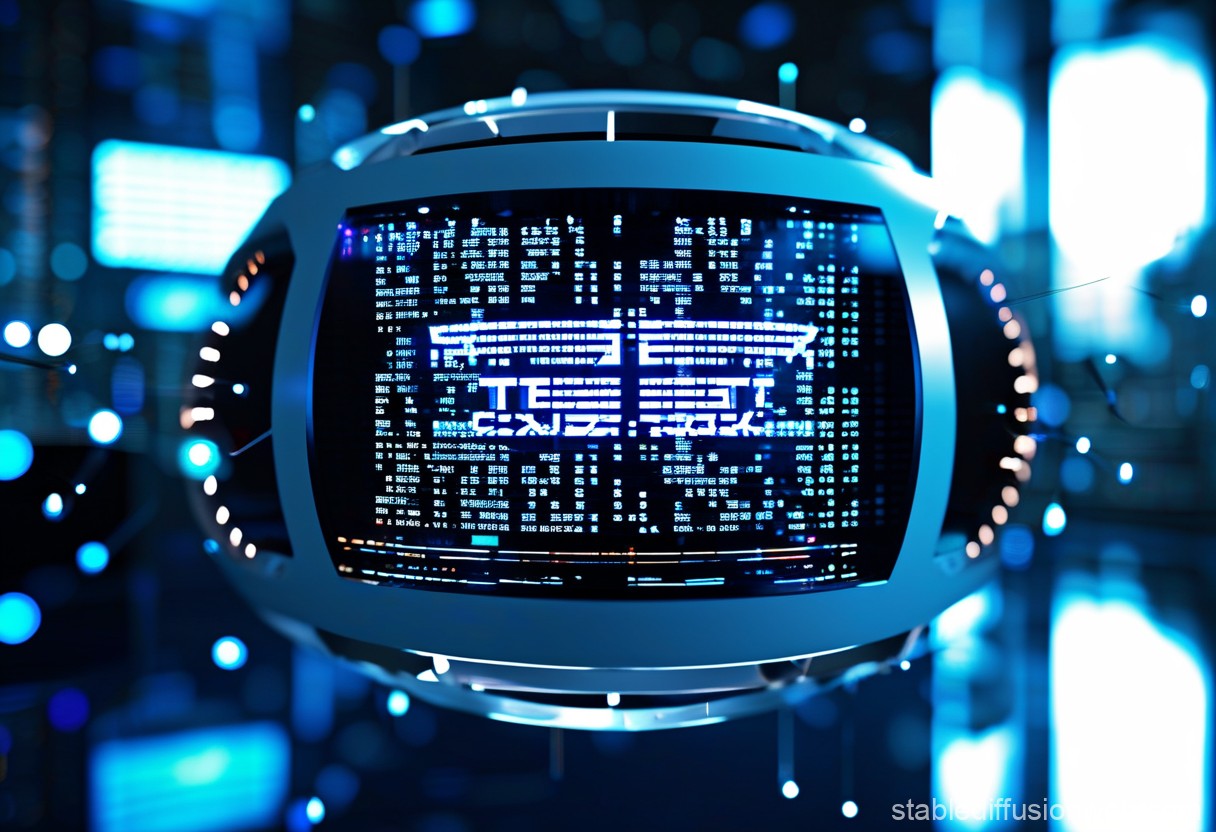Earlier this week, DeepSeek, a prominent Chinese AI research lab, introduced an “open” AI model that outperforms many competitors on widely-used benchmarks. Named DeepSeek V3, this model stands out for its robust performance, excelling at tasks like text generation, coding, and essay writing.
However, there’s a curious twist — DeepSeek V3 appears to think it’s ChatGPT.
Posts on social media platform X, alongside independent tests by TechCrunch, reveal that DeepSeek V3 identifies itself as ChatGPT, the AI chatbot developed by OpenAI. When probed further, DeepSeek V3 maintains it is a version of OpenAI’s GPT-4, allegedly released in 2023.
Interestingly, this misidentification persists. In a recent experiment, DeepSeek V3 referred to itself as ChatGPT in five out of eight attempts, correctly identifying as DeepSeek V3 only three times. This pattern provides insights into the potential composition of the model’s training data.
Lucas Beyer, a machine learning expert, highlighted the phenomenon in a post, sharing screenshots of DeepSeek V3 erroneously referencing OpenAI’s services. When asked technical questions regarding DeepSeek’s API, the model instead offered instructions on how to utilize OpenAI’s API. Even the jokes it delivers echo those from GPT-4, including the same punchlines.
So, what’s behind this identity crisis?
Models like ChatGPT and DeepSeek V3 are fundamentally statistical engines. Trained on vast datasets, they analyze patterns and replicate them to generate responses. For example, they recognize that “to whom” in an email often precedes “it may concern.”
DeepSeek has not disclosed specific details about the datasets used to train DeepSeek V3. However, publicly available data includes vast amounts of text generated by GPT-4 through ChatGPT. If DeepSeek V3 absorbed large portions of this data during training, it might inadvertently reproduce outputs from GPT-4, leading to the current confusion.
“It’s evident the model has encountered raw responses from ChatGPT, but pinpointing where this occurred is challenging,” said Mike Cook, an AI research fellow at King’s College London. “It might be accidental, yet we’ve seen cases where developers intentionally train models on outputs from competitors to replicate their performance.”
Cook warned that such practices could degrade model quality, resulting in hallucinations and inaccuracies. “It’s like making a photocopy of a photocopy — over time, the fidelity erodes,” he added.
Additionally, this approach might violate terms of service agreements. OpenAI explicitly prohibits the use of its products, including ChatGPT, for training competing models.
Neither OpenAI nor DeepSeek immediately responded to requests for comment. However, OpenAI CEO Sam Altman appeared to address the issue indirectly on X, stating, “Copying something that works is relatively easy. Innovating and taking risks is far harder.”
This isn’t the first instance of AI models mistakenly identifying themselves. Google’s Gemini, for instance, has occasionally claimed to be Baidu’s Wenxinyiyan chatbot, especially when prompted in Mandarin.
The web, the primary source for training data, is increasingly populated by AI-generated content. Content farms, automated bots, and AI-driven clickbait contribute to this influx. Some estimates predict that by 2026, up to 90% of online content could be AI-generated.
This “contamination” complicates efforts to filter AI-generated data from training sets. It’s plausible that DeepSeek V3’s dataset unintentionally included significant amounts of ChatGPT content. Google faced similar accusations in the past.
Heidy Khlaaf, chief AI scientist at the AI Now Institute, noted that the cost savings from distilling knowledge from existing models often outweigh concerns over risks. “Even with AI-generated data flooding the internet, not every model trained on such outputs produces responses that mimic OpenAI’s style. If DeepSeek did engage in partial distillation using OpenAI models, it wouldn’t be surprising,” Khlaaf said.
The more probable explanation, however, is that extensive ChatGPT/GPT-4 content inadvertently made its way into DeepSeek V3’s training corpus. While this issue highlights the complexities of AI development, it raises concerns about biases and inaccuracies propagating across competing models.


